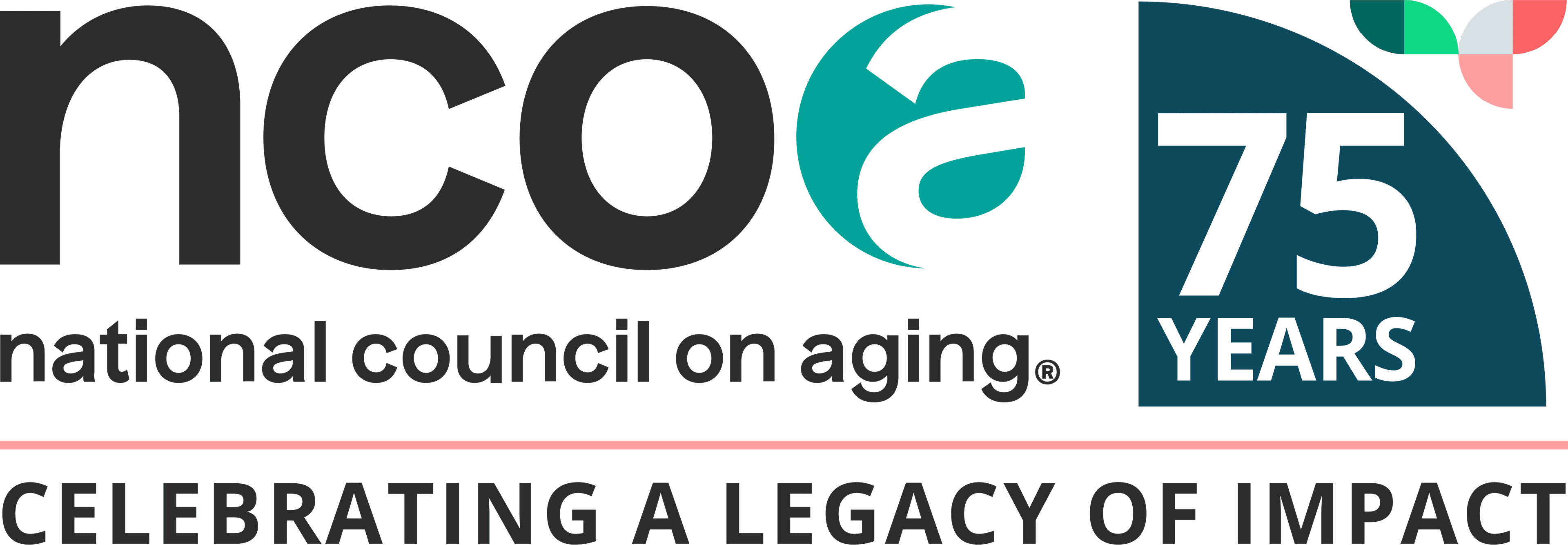
Related Topics
Imagine waking up tomorrow morning and opening your eyes to perpetual darkness. How would you begin your day?
People living with blindness or low vision must recalibrate every aspect of a once familiar life. In addition to mourning the loss of their vision, they must now relearn everything—including how to see themselves in the world. Their careers, financial security, and place among family, friends, and community have been upended. To survive, they must adjust. To thrive, they must be supported.
What is the link between vision loss and mental health?
According to estimates from the 2023 National Health Interview Survey, more than 51 million US adults reported experiencing some level of vision loss. It’s estimated that 12 million adults have significant difficulty seeing or are unable to see, even with vision correction. According to one study, 1 in 4 adults (or approximately 25 of adults) with general vision impairment (defined as difficulty seeing even when wearing glasses or contacts), reported physiological distress.1
Stress, anxiety, and feelings of hopelessness will likely present themselves at various stages in the journey back to optimism, independence, and full participation in life. When these mental health challenges arise, it’s important to know the signs:
- Depression and anxiety
Studies, including the Big Data Project Reports, confirm that adults 65+ living with vision loss face nearly double the rate of anxiety and depression (compared to those with normal vision). Loss of independence and mobility, fear of becoming a burden, and the sudden inability to perform once simple and familiar daily tasks at home, on the job, and in the community can lead to feelings of helplessness and hopelessness.
- Increased risk of chronic conditions
These Big Data Reports also confirm that adults 65+ with vision loss face more than double the rate of stroke and a significantly increased risk of diabetes and heart attack. Adults with vision loss also report almost three times the rate of hearing impairment. An increase in chronic health conditions and challenges accessing medical care are additional factors that can impact mental health.
- Social isolation
We rely heavily on our sense of sight to interact with other people -- from identifying faces and interpreting social cues, to navigating new environments. Embarrassment, fear, and uncertainty may at first cause some people living with blindness and low vision to self-isolate, leading to loneliness, anxiety, and depression.
- Loss of self-esteem and independence
For a person living with vision loss, daily activities such as cooking, getting dressed, doing household chores, and paying bills may require help from family, friends, or caregivers. In a culture that rewards self-reliance, it’s no surprise that many once-independent people find it difficult to ask for help. Depending on others, particularly for those accustomed to doing for themselves, can lead to low self-esteem, fear of being a burden, and feelings of shame.
Who is at risk for mental health challenges?
Various factors can impact how someone will cope with vision loss, including:
- Age of vision loss: The age at which vision loss occurs significantly influences how well a person will adapt. Generally, those who are blind from birth tend to adjust more readily than those who become blind later in life, and those who lose vision gradually may adjust better than those faced with sudden vision loss.
- Emotional support: The compassionate support of family, friends, and professionals is invaluable. Vision rehabilitation agencies offer a wide array of life-changing services, including daily living skills training, orientation & mobility, and support groups where close bonds are forged, coping tips are shared, and obstacles are overcome.
- Access to aids and adaptive technologie: Assistive devices and aids can be a source of empowerment and hope, helping those living with vision loss stay connected and independent. Experienced Vision Rehabilitation Specialists will recommend which devices, aids, and tech best suit each client, based on circumstances, abilities, and goals.
- Economics: Blindness often brings with it the financial burden of increased medical expenses and reduced job prospects, including unemployment (or underemployment). These sources of anxiety and depression can be managed with the help of employment services provided by vision rehabilitation agencies. Vision rehabilitation specialists can also teach helpful strategies for paying bills, budgeting, and handling other financial affairs online, with the assistance of technology and assistive devices.
Vision loss coping strategies and how to get mental health support
For every emotional challenge presented by loss of vision, there is a coping strategy designed to help. Mental health professionals specializing in vision impairment can provide emotional support and practical solutions that can turn frustration and hopelessness into optimism and self-reliance. Some of their techniques include:
- Support groups and peer networks—These offer a safe harbor for people learning to live with reduced sight in a sighted world. Here they can support and be supported by one another as they face daily challenges and seek to reframe their future.
- Going to a quiet place—Relaxation techniques, meditation, and mindfulness exercises require no visual acuity, and can be implemented anytime, anywhere. They have been shown to greatly reduce stress and anxiety and can teach people living with blindness how to achieve a greater sense of wellbeing by focusing on their other senses.
- Training and skill development—Vision rehabilitation training, devices, and aids offer transformative benefits for people with vision loss. Credentialed, trained professionals will create a program for life beyond vision that may feature:
- Independent living skills training
- Orientation and mobility (O&M) training
- Assistive technology includes screen readers, speech recognition software, Braille, and more
- Employment services, include modifications, job search support, and training
- Adaptive devices and specialized low-vision aids include magnifiers, specialized glasses, smart devices/appliances, and wearables
For most people living with blindness and low vision, the physical aspects of vision loss are only part of their daily struggle. But while the physical aspects of blindness can be seen by others, mental and emotional difficulties are often overlooked. It is up to all of us to increase awareness and help create a world in which people of all ages living with blindness and low vision can enjoy the equal access and opportunities necessary to thrive.
How to find vision rehabilitation and support
Local vision rehabilitation agencies offer specialized training and support. Many also offer support groups and more.
Access a list of Vision Rehabilitation Agencies and visit Time to Be Bold to find local vision rehabilitation services and other resources. Call the APH hotline to receive support and practical coping strategies for everyday tasks, join remote discussion groups, and access free online resources at the APH Connect Center and VisionAware.
Learn more about vision rehabilitation through other articles in this series:
- Identifying Undiagnosed Vision Loss
- Common Age-Related Eye Diseases: What to Know and What You Can Do
- What Independent Living Skills Help People Living With Vision Loss?
- Helping People with Blindness and Vision Loss Continue to Participate in Everyday Activities
- How Assistive Technology and Adaptive Equipment Help People Living with Vision Loss
- How Orientation and Mobility Training Can Improve Quality of Life For People Living With Vision Loss
- What Is Accessibility and Why Is It Important for People with Vision Loss?
- Safety Tips for Older Adults Living with Vision Loss
- Safe Cooking for People with Blindness or Low Vision
- Tips for Making the Most of Your Health Care Appointments
Source
1. Elizabeth A. Lundeen, et al. Self-Reported Vision Impairment and Psychological Distress in U.S. Adults. Ophthalmic Epidemiology. April 2021. Found on the internet at https://www.tandfonline.com/doi/full/10.1080/09286586.2021.1918177



